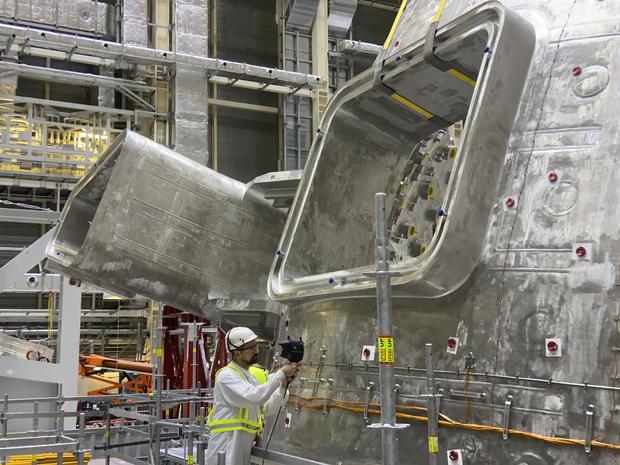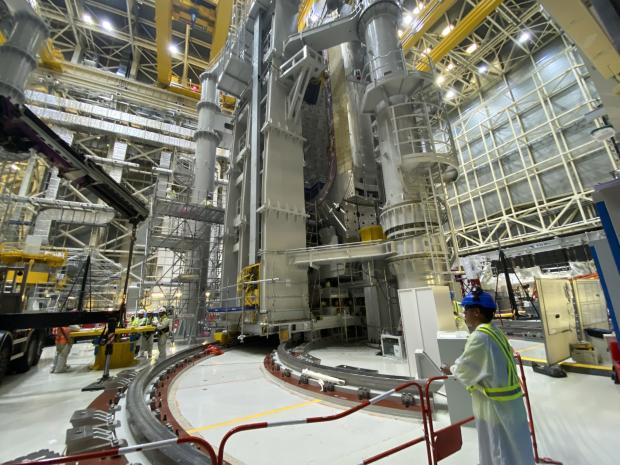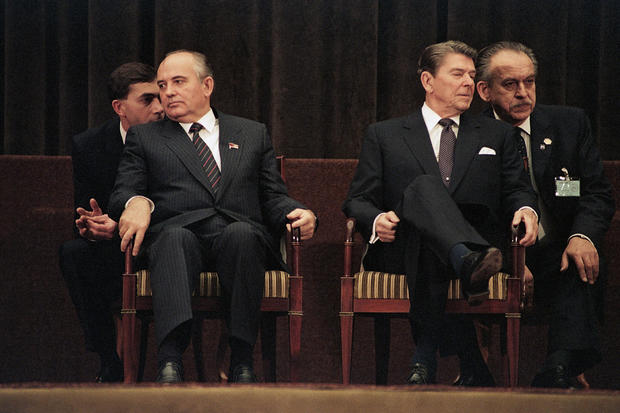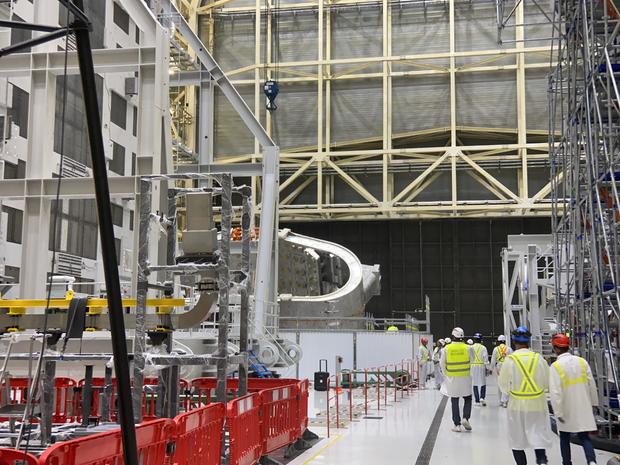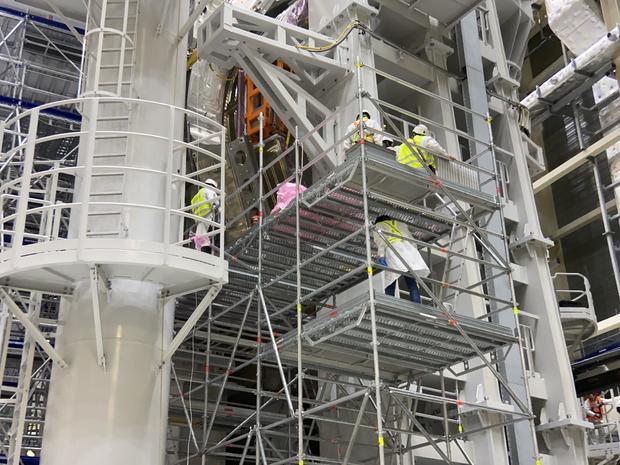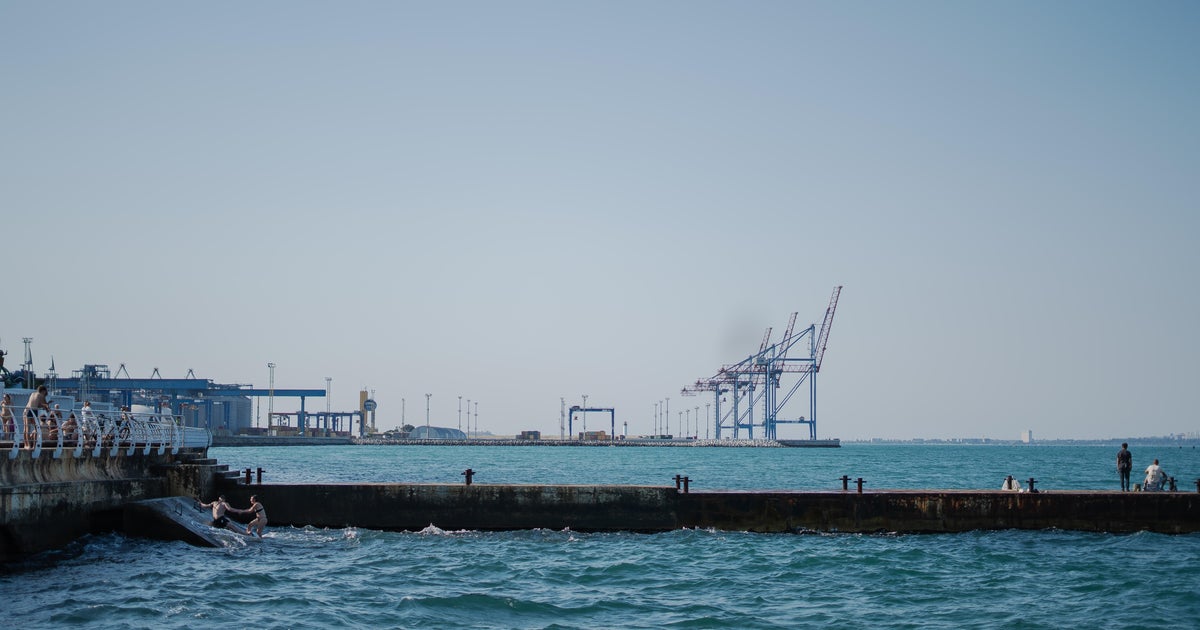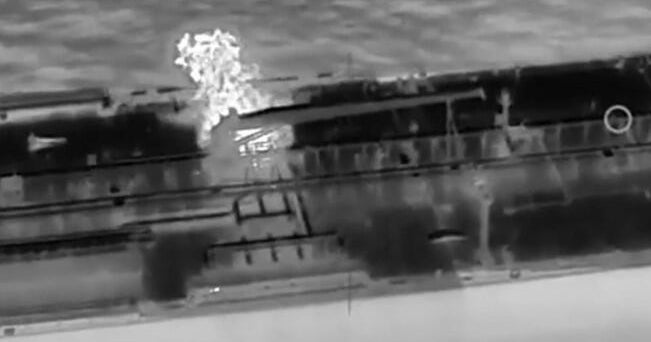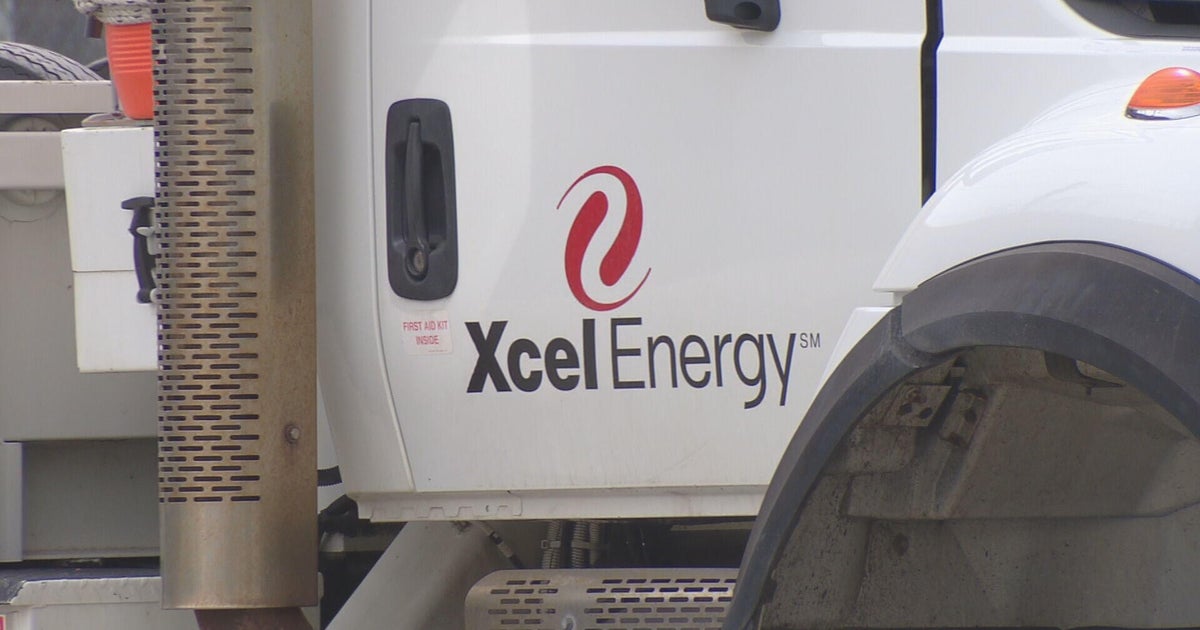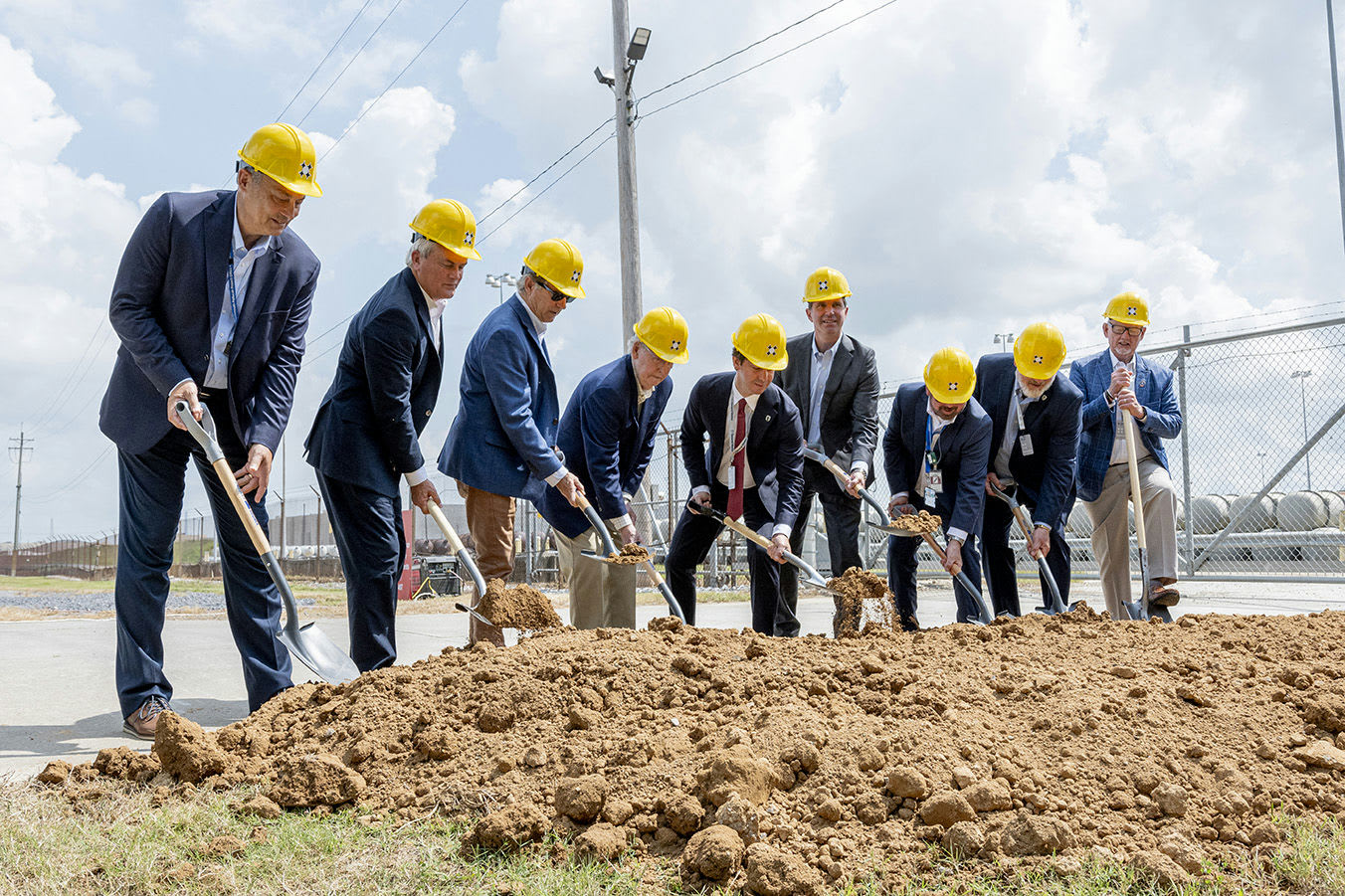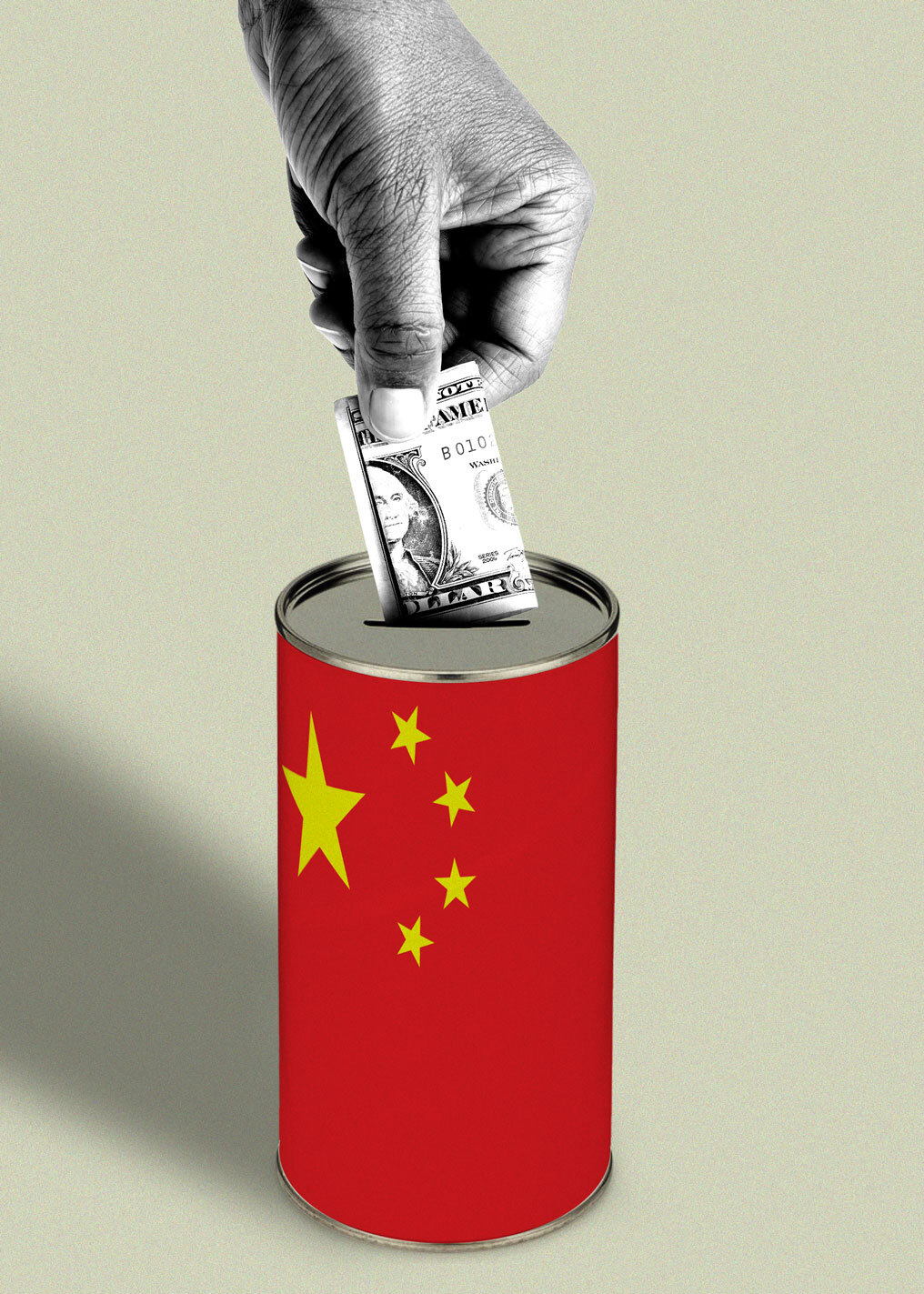Amid global energy crisis, U.S. and Russia still working together in quest for unlimited, clean power from nuclear fusion
Saint-Paul-lez-Durance, France — As global energy prices soar, 35 countries are working together at a sprawling facility nestled in the French countryside to try to create a new source of unlimited, clean power for the entire planet. Their ambition is to harness the power of the stars: nuclear fusion.
Some of the participating countries — which include the United States, Russia, China, India, South Korea, Japan, and the nations of the European Union — are frequent collaborators, but some are major adversaries on the world stage. Russia's invasion of Ukraine has prompted an unprecedented barrage of sanctions against Moscow from some partner nations, for example, and in response, Moscow has restricted its natural gas supplies to Europe, exacerbating the energy crisis.
But despite the animosity among some of the partners, construction on the multibillion-dollar fusion project known as ITER — which means "the way" in Latin, and is short for "International Thermonuclear Experimental Reactor" — continues.
It's "separate from the war in Ukraine," Tim Luce, director of science at ITER, told CBS News in his office at the massive work site. "The need for energy is universal, and if one entity has it and another doesn't, it doesn't matter who — which flags or which hats — we put on the people. The inequity will always cause conflict."
What is nuclear fusion?
Nuclear fusion is the process that powers the sun and the stars. It has fascinated scientists for decades — and eluded their efforts to harness it.
In fusion, small atoms, such as hydrogen, are fused together to generate energy. It's the opposite of the nuclear fission process used in today's nuclear power plants, which splits atoms apart.
Fission, while offering many benefits, also comes with some risks: There have been well-known cases of nuclear fission reactors melting down and spills contaminating large areas. Scientists believe fusion, on the other hand, would provide a clean, safe, and unlimited energy source — if the process can be mastered.
"It can't run away. It's a very difficult reaction to sustain; it needs to be driven. Whereas fission can run on a chain reaction, and it has to be controlled," explained Luce. Fusion also creates much less radioactive byproduct, and what it does leave behind is "not water soluble — they won't get into the food supply, the water supply."
Under the umbrella of the ITER project, the 35 partnering nations are building the world's largest "tokamak" — a giant, doughnut-shaped contraption made of incredibly powerful magnets. ITER bills its tokamak as the "world's most complex machine."
Entering the building site in France is like visiting a mini-United Nations. Security is tight, and inside, staff from all over the globe are hard at work. Giant magnets and other parts are readied for assembly in a huge warehouse, where dozens of people in white clean-suits attend to pieces of equipment so massive they look as though they could be from, or for, another world.
"Every time you come in, it's different," Luce said, standing under a giant, hollow, kidney-shaped piece of machinery called Sector Module 7.
Next door, in a partially underground area, is the seven-story "pit." This is where Sector Module 7 will eventually be welded to other sector modules to create the hollow, doughnut-shaped tokamak.
"You get a real feeling that things are moving," Luce said, looking around the site.
The tokamak will, ITER hopes, create net energy by producing more power from the fusion reaction than is required to trigger it. That would demonstrate that it's possible to create commercially viable fusion energy using similar technology.
Fusion "has the highest promise of any energy source," Luce told CBS News. "It doesn't depend on the sun being out. You can site it anywhere. If it proves, as we expect, to be completely safe, you can site it near where the energy is consumed, so you don't lose anything in transmitting energy from place to place. So it seems ideal. Some people say it seems too good to be true, but I think it's worth it for us to go find out whether it is able to be done or not."
History of ITER
The current animosity between Russia and the West mirrors the circumstances around the history of ITER's foundation. The international science experiment was born out of an attempt to cool tensions between the United States and the Soviet Union during the Cold War.
"It came out of their weapons programs," Luce said. "This became a bridge between these different political entities, to be able to talk to each other."
In 1985, then-President Ronald Reagan and Soviet leader Mikhail Gorbachev met to discuss how they might ease the tension between the two superpowers.
"They didn't agree on much, except that they would jointly work on fusion as an energy source," Luce said.
The idea for the ITER project developed from that meeting, taking various iterations over the years until it grew to include the 35 partner nations involved today, many of which have sent scientists, engineers, or project managers to work at, and live around, the site in France.
"I came to my first ITER meeting in 1989, so it's been quite a wait to actually see these objects being made," Luce said. "It's really coming to the point where we're almost there, but we have to complete the task."
"Issues... but it's working"
The various nations working on ITER are responsible for building different parts of the tokamak. ITER says 85% of the parts are being manufactured within the borders of member countries, so they can develop their domestic fusion capacities and industries.
After the parts are built, they're sent to the site in France where they are stored in massive warehouses near the main worksite until it's time for them to be added to the overall assembly.
There have been delays to ITER's timeline over the years, and when the COVID-19 pandemic mired global transport and supply chains in 2020, there were more. Russia's invasion of Ukraine in February caused further complications. There was concern, for example, that one of the Russian-built magnets for ITER might face hurdles making it to France from St. Petersburg.
"We're outside of the national sanctions, so to speak, but we have to convince various entities that that's true, and that they'll accept that. They don't have to accept it," Luce told CBS News. "There has been some slowing. Obviously, we're subject to the global market and the global supply chain. Just like with COVID, we had issues with transportation. Now we still have issues with transportation, just because it requires special permission for ships of a certain flag to go from place to place, and we have large objects that can only be moved by ship. So we have to deal with this. But it's working."
While some other major international scientific bodies, including the European Organization for Nuclear Research (CERN), have severed ties with Russia and publicly condemned its invasion of Ukraine, ITER has not.
"We have a charge. We have members. We're a treaty organization. We don't take a position on political stance. We have a purpose," Luce said. "On the other hand, it's good to be mindful that we are a bridge for communication. We have a common need. We have a common means to talk to each other. And so, this is what fusion has been in the past: It was a vehicle for political entities who didn't agree on much else to have a way of talking to each other."
U.S. betting on fusion
The U.S. government is betting on fusion energy. In March, the White House announced a plan to accelerate fusion's commercial development over the coming decades through continued investment in ITER and by working with the private sector. It heralded fusion's "potential to revolutionize the energy industry, helping combat the climate crisis while meeting the growing electricity needs of the U.S. and the world."
"Of the more than 30 fusion companies in the world, two-thirds are based in the U.S., and most were founded in the last decade," the White House said. "By partnering with these companies, we have an opportunity to keep these companies growing within our borders and cement U.S. technological leadership on fusion."
The Senate Energy and Natural Resources Committee is chaired by Senator Joe Manchin, who visited the ITER facility earlier this year. The committee recently held a hearing to examine how the federal government could further support the commercial development of fusion energy.
"Touring a facility dedicated to international scientific and engineering collaboration among our geopolitical rivals, including Russia, including China — they still paying? — and allies, helps restore faith in what we can do together, given so much conflict at present," Manchin said. "For me, fusion provides a vision of, and potential pathway toward, world peace."
Luce, who testified at the hearing, said ITER would help the U.S. achieve its fusion goals. Other experts urged the U.S. to maximize public support for the private fusion sector in the United States to help America become a leader in the field.
"The race to fusion is also a race for future global leadership," said Dr. Scott C. Hsu, lead fusion coordinator at the Office of the Undersecretary for Science and Innovation at the U.S. Department of Energy. "While fusion has long enjoyed international collaboration and should continue to do so, make no mistake, fusion is now also an international competition. Failure to act now may relegate the U.S. to being importers rather than exporters of fusion technology."
Not all smooth sailing
Despite its massive scale and multibillion-dollar budget, Luce stressed to CBS News that ITER is still an experiment, and many obstacles must be overcome before fusion becomes a viable commercial energy source.
Even if and when the ITER tokamak is eventually completed, it will not be a power plant — it's an experiment designed to inform the construction of a subsequent demonstration fusion power plant, which would still need to be built.
There are also possible supply issues with a material needed to fuel ITER's fusion reactions, as well as growing competition from other fusion projects using newer or different technologies.
But regardless of who gets there first, Luce said fusion could be the world's best bet at developing an unlimited source of clean energy that doesn't destroy the environment.
"I am hopeful about the energy future, because I think we have in hand a solution," Luce said. "Fusion is not going to fix today's problem. It will solidify the solution that we find and make it permanent, make it extensible, make it sustainable in a way that society can count on it. That's our dream. That's our goal. Oftentimes we're too focused on short-term returns. This is the long-term goal, and we have to ensure that. Because if we don't invest now, it won't be here when we need it."

